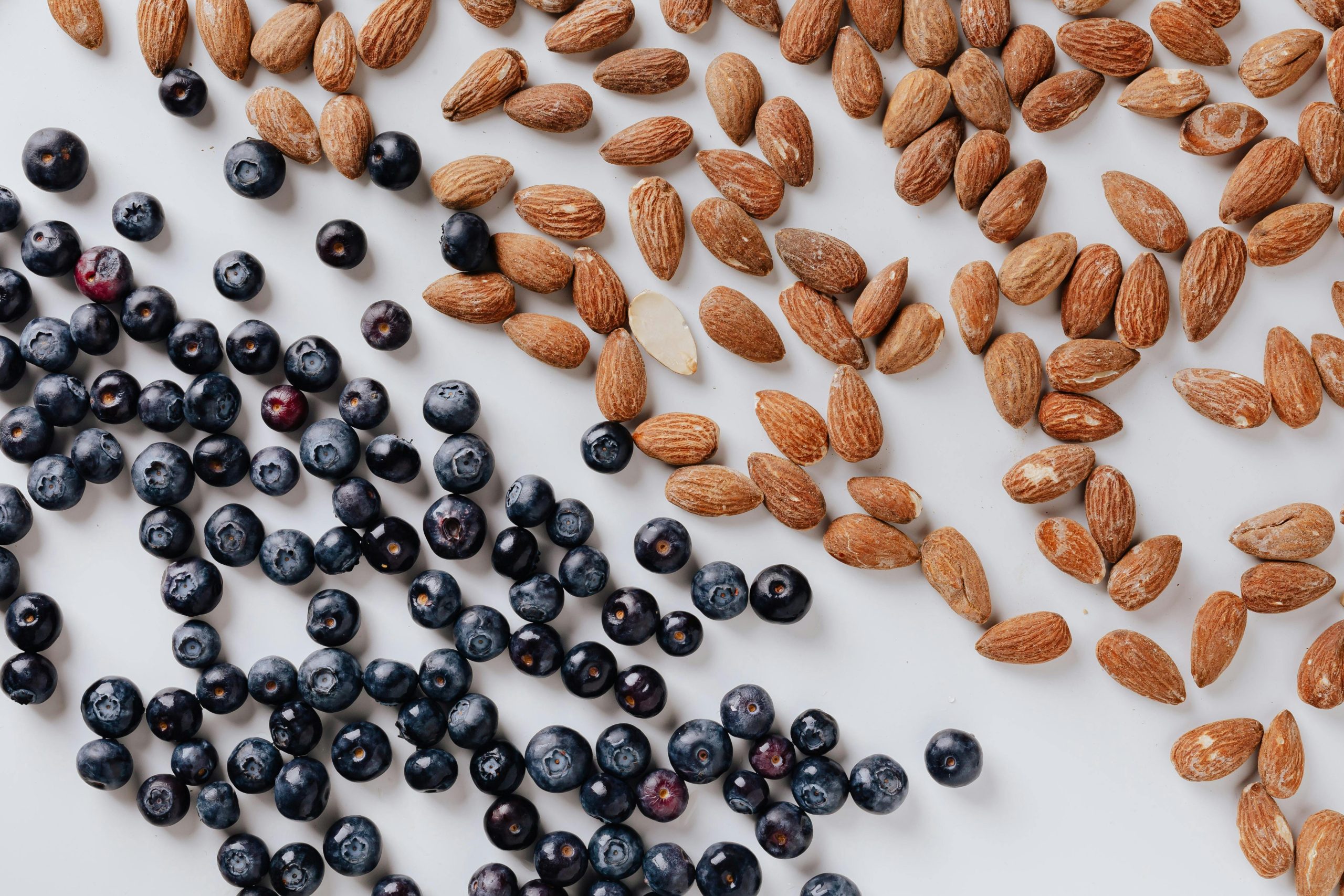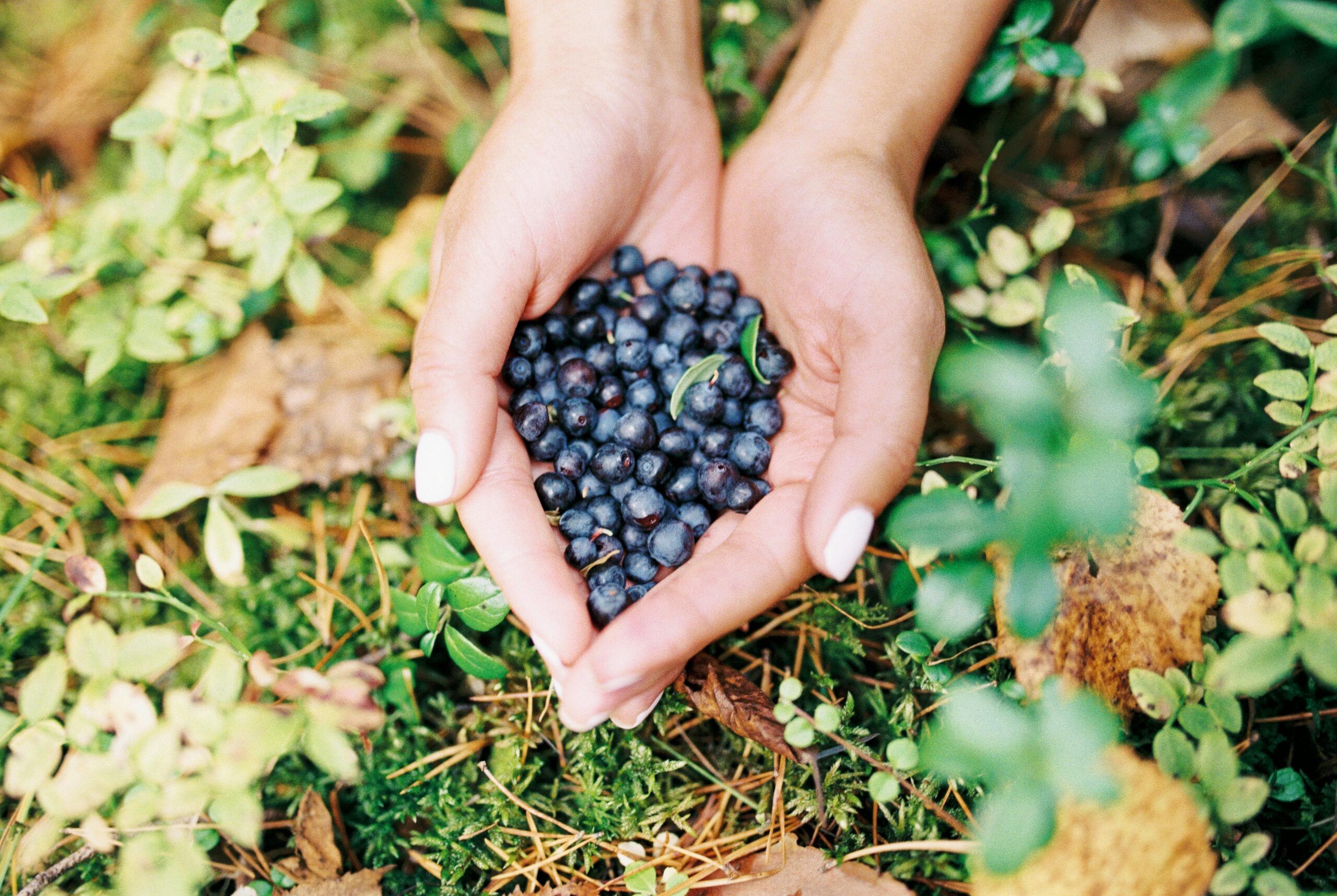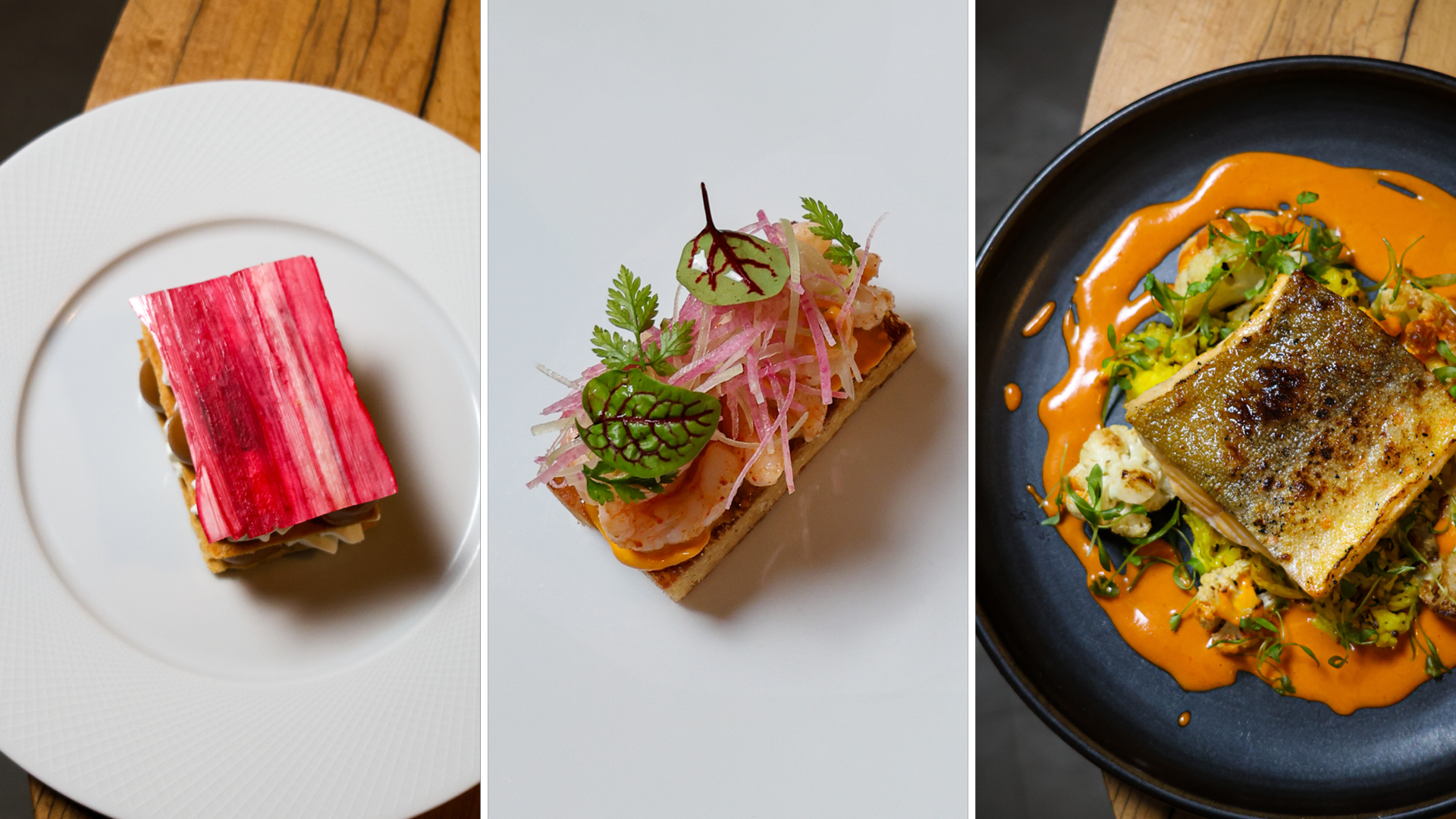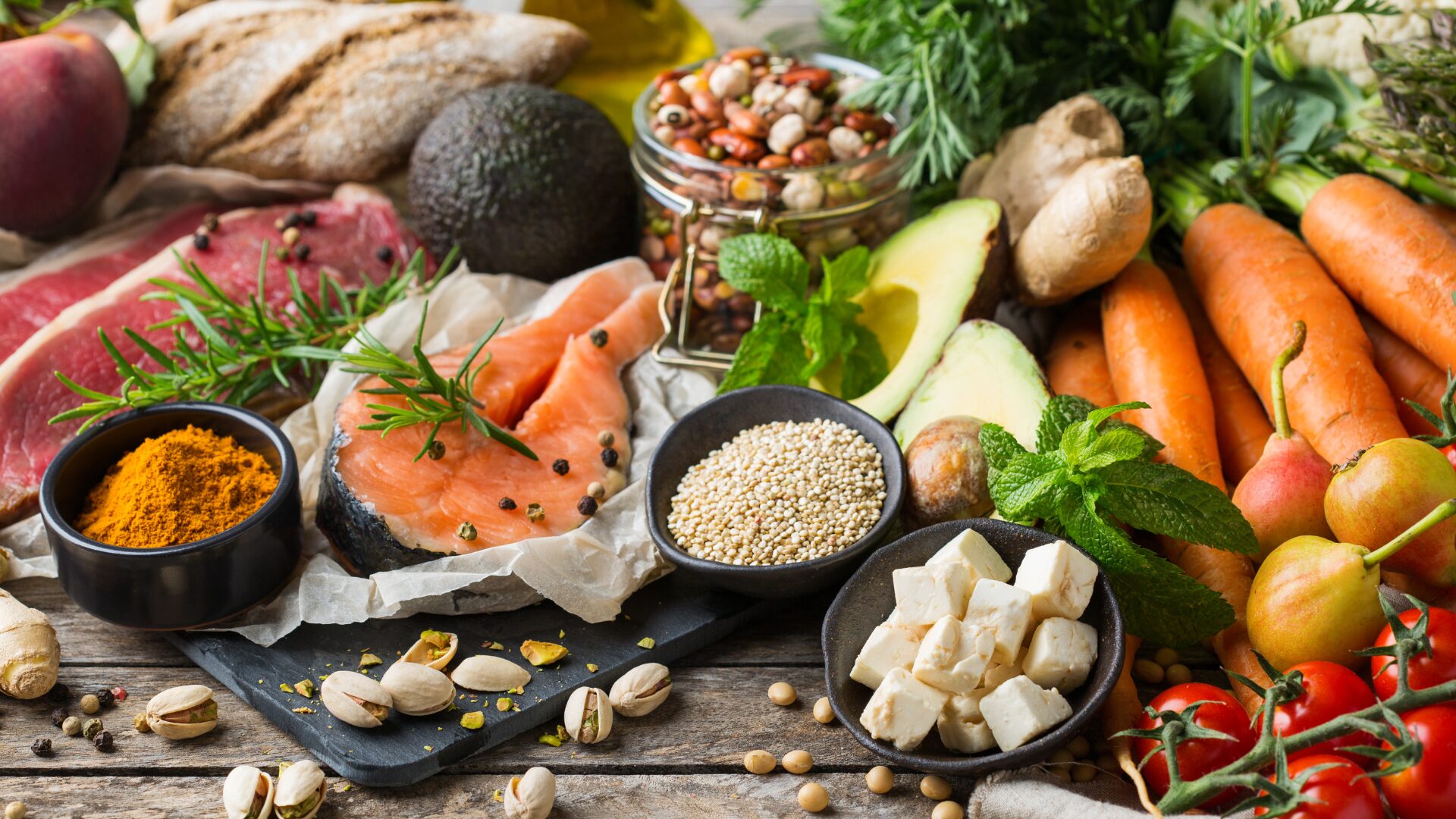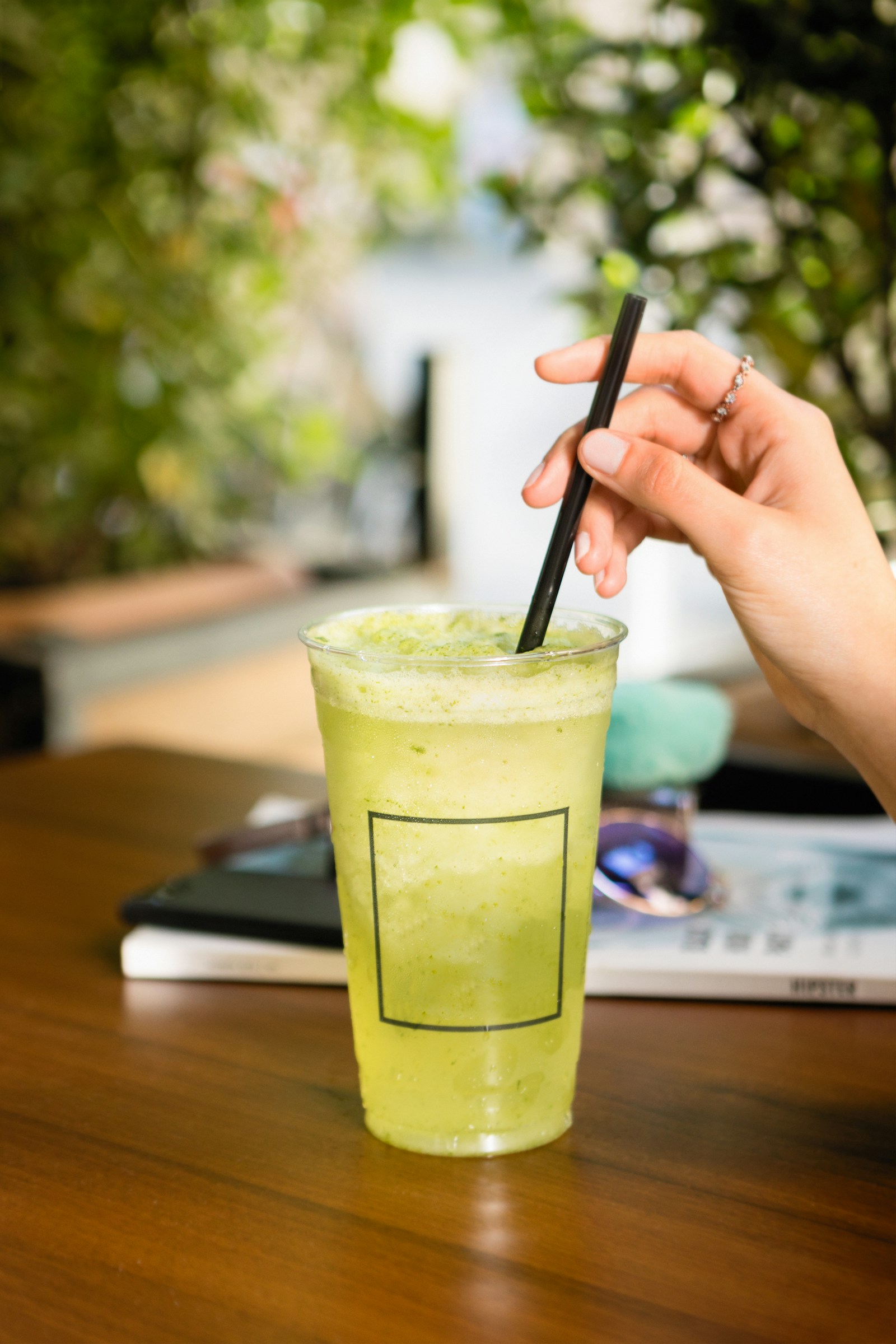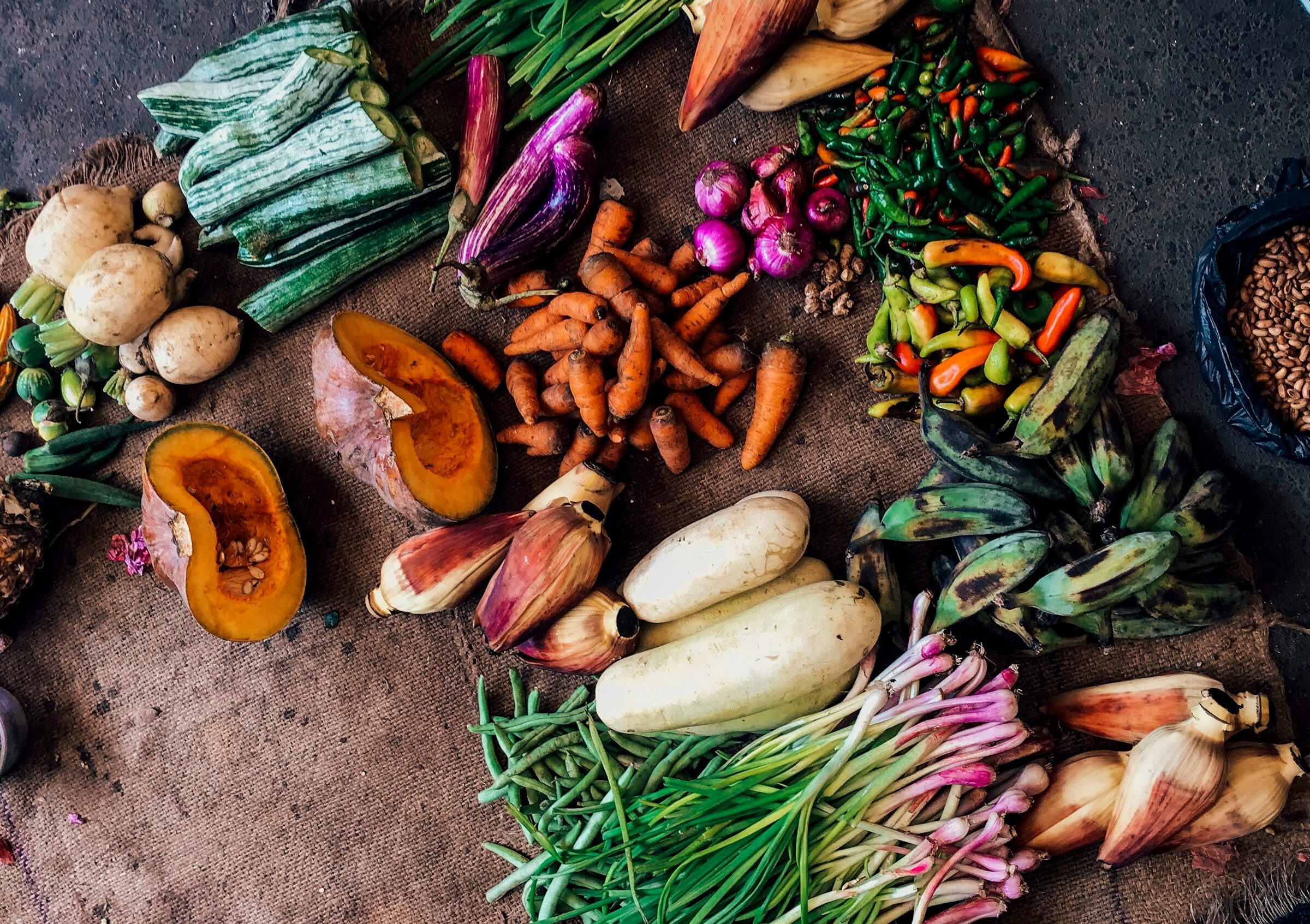More antioxidants and phytonutrients than blueberries.
Hardier than most other strawberries, raspberries, and other tabletop fruits.
Healthy. Delicious. And quite, quite blue. In an age of robust food science, thriving better-for-you CPG products, and instant communication, why aren’t haskap berries more popular?
“Haskaps are a circumpolar species where fewer people live,” said Kiren Singh, CEO of Haskalife, a company that focuses on the unique berry. Ms. Singh told TFI that it generally takes about five years for bushes to produce the berries, and due to their delicate and northern-grown nature, “people aren’t aware of them, so the market is only beginning to develop, at least in North America.”
Haskap berries (lonicera caerulea) are native to the boreal forests of Northern Europe, Asia, and North America. They are mainly found in low lying wet areas or high in mountains. Also known as haskcup, blue honeysuckle, honeyberry, sweetberry honeysuckle, haskap is simply a phonetic spelling of a word used by the indigenous Ainu people who settled Hokkaido, Japan, in the 13th century meaning “berry of long life and good vision”. Haskap is the world’s oldest name for the rotund blue fruit.
Rotund isn’t quite the right word – perhaps long and lean. The common haskap is shaped like an elongated bell, slightly convex, and grows in clusters as part of a deciduous shrub. They’re hardy in the sense that they’re disease-resistant and the shrub roots can survive extremely low temperatures (like -50° F. low) and thrive in a large range of soil acidity, from 3.9 to 7.7.
“Only early commercial pioneers who invested heavily in the plants now have sufficient supply for commercial production,” Ms. Singh added, noting that it’s a bit of a catch-22 – “the low awareness is also a result of there not being a ‘fresh’ fruit in your supermarket produce section. The skin is very soft and thin so they ‘bleed out’ quickly and must be frozen, eaten, or processed immediately.” It doesn’t help that haskaps native to North America are still “fairly rare” and yield small berries.
To help remedy that, Haskalife has formed a strategic partnership with Prairie Hill Farms, the largest haskap grower in Alberta, and enjoys a state-of-the-art dedicated berry processing facility that allows world-scale vertically integrated production from the orchard. Still, there are few commercial growers of haskap – at least in North America – and their flavor and nutritional import mostly unknown to most consumers.
For this reason, they’re also relatively novel to most markets. Ms. Singh said that commercial haskap cultivars were only available in Canada starting in 2007 while new varietals have continued to be released by the University of Saskatchewan Fruit Program through 2017.
But perhaps if more people tried them – and more markets stocked them – they’d find a swift audience.
The flavor profile is “tart, smooth, and delicious,” Ms. Singh said. “People have described it as a mixture of blueberry, rhubarb, and raspberry,” though different cultivars have different anthocyanin profiles and therefore different flavor profiles (anthocyanins are the water-soluble pigments found in plant cells that provide many fruits, vegetables, and grains their vibrant colors and contribute to flavor). Diets rich in anthocyanins may help prevent inflammation and protect against type 2 diabetes, cancer, and heart disease, lending many fruits – like blueberries and haskaps – their superfood status. They may also benefit memory and help improve overall brain health.
For its part, Haskalife™ provides more than just the berry. It specializes in a proprietary haskap berry super-shot and powder blends. Haskalife™ curates its blends with certain haskap berry varietals, measures the phytonutrients, and uses premium processing to maximize the flavor and anthocyanins of its products without the need for additives or preservatives.
Haskaps ripen in late June and July, so haskap season is upon us.
“The key challenge is creating the awareness of this superfruit and fostering a market,” Ms. Singh said. There are 12 haskap berry varietals available for commercial growing in Canada via the University of Saskatchewan Fruit Program, and they run the gamut of size, shape, flavor, and harvest time.
“The possibilities are endless,” she concluded, “they can be used to flavor smoothies, yogurt, sports drinks, water, and get your antioxidants at the same time.”
The Food Institute Podcast
Tom Hamill, a food and beverage senior analyst for RSM US LLP, joined The Food Institute Podcast to recap the 2024 Summer Fancy Food Show. Hamill shares his thoughts on burgeoning trends from the show and how emerging specialty food brands can best navigate economic factors in the years to come.




